
© Jos Schmid. (Click image for larger version)
www.bolshoi.ru, Orlando page
christianspuck.com
www.ballett-zuerich.ch
Last week The Bolshoi Ballet unveiled the world premiere of Orlando, a two-act ballet based on the eponymous novel by Virginia Woolf. The production was choreographed by Christian Spuck, the renowned German dance-maker, who has been director of Ballet Zurich since 2012.
So, what was it like to create an original full-length production for the Bolshoi Ballet during the pandemic?
Oksana Khadarina spoke with Spuck three days before the Orlando premiere, while the choreographer was still in Moscow, putting his final touches to the production. We talked about his inspiration for this ballet and his creative process. We also talked about the challenges of bringing a brand-new production to the stage in the time of COVID-19, and what it was like to create on the Bolshoi Ballet’s dancers.
How did this commission to create an original production based on Virginia Woolf’s Orlando for the Bolshoi Ballet come about?
Makhar Vaziev, artistic director of the Bolshoi Ballet, has seen my work for Ballet Zurich. He invited the company to perform my production of The Nutcracker and the Mouse King at the International Contemporary Dance Festival “DanceInversion,” which took place at the Bolshoi Theater in November 2017. After the performance, he invited me for dinner and asked if I would be interested in creating a full-length ballet for the Bolshoi. I was very excited and surprised. And, of course, I was very proud to be invited to create a work for such a prestigious company. And voilà! Now it’s happened.
You have a special affinity for adapting literary works for ballet stage. What attracted you in Orlando?
I have two sources of inspiration: literature and music. I mostly create full-length productions, and you need a lot of substance for a full-evening ballet. When I read a book, it’s always exciting for me to find out what the story means – and how it relates – to us today.
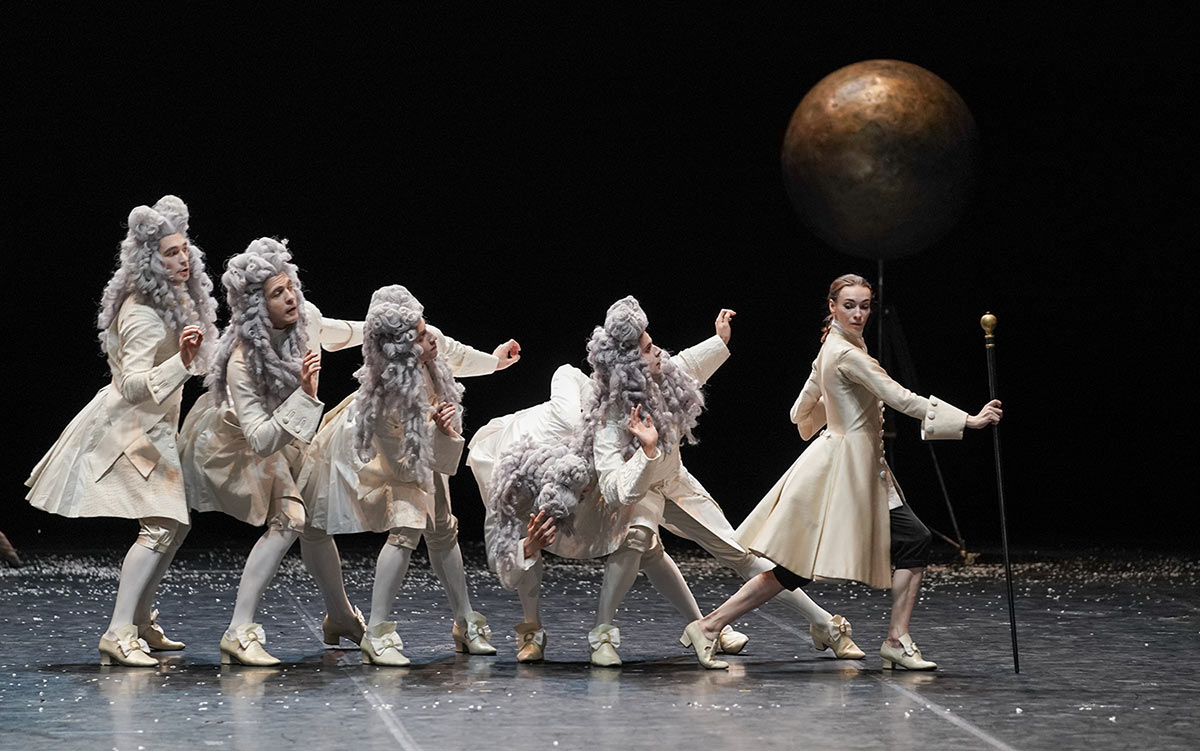
© Pavel Rychkov. (Click image for larger version)
I read Orlando a long time ago, and I watched the movie. I find the novel equally fascinating and mysterious. It’s a novel about time and poetry. And it’s a novel about sex. In Orlando, the male character falls asleep and wakes up as a woman – it’s the same person, but of a different sex. It’s also an imaginative biography of a young Duke, who was an artist. The novel is full of deep thoughts, all expressed in a very light and inspiring way. Also, the narrative of Orlando spans several centuries, inspiring very interesting sets and costume designs.
Who wrote the scenario?
I worked on the libretto with Claus Spahn, director of dramaturgy in Zurich. We adapted the entire novel, distilling it in seven scenes and a prologue. We also incorporated a lot of Virginia Woolf’s original text: short excerpts from the novel will be read before each scene, so the audience will get an idea about the language of Woolf and her thoughts.
How closely does the ballet’s libretto follow the novel?
In my work, every ballet based on literature is inspired by the literary work. The ballets like Romeo and Juliet, Anna Karenina and Woyzeck, they never bring the real value of the book on stage because we don’t use the spoken language. But we have possibilities to select music for these ballets, and with the music you can find certain emotional carries to express the colors and ideas of the book. I think if you only want to tell the story – the ballet will fall flat. As a choreographer, in this production, I try to capture the colors, ideas, and thoughts behind the story.

© Natalia Voronova. (Click image for larger version)
How did you select the music for the ballet’s score?
I chose Edward Elgar’s “Cello Concerto” because I wanted to give Orlando a specific voice. In the book, Orlando undergoes a sex change from man to woman. I thought that cello was the most obvious instrument: it has a low but very beautiful sound; and I think it represents in a way both sexes: male and female. So I was looking at the cello’s musical literature. And I wanted it to be a composition by an English composer since Orlando is an English book about English literature.
I also wanted to give a contrast to Elgar’s score, so I found a violin concerto by Philip Glass, which brings completely different values and colors to the composition. These two concertos form the main part of the ballet’s score.
What is the production is going to look like? Tell us about the sets and costumes.
The sets are abstract and represent a time tunnel. The dancers are always coming from the back of the stage and then moving forward to create an impression that Orlando is moving through time. Emma Ryott made brilliant costumes. They vividly capture the style and fashion of every century, and that makes every tableau on stage look very different.

© Natalia Voronova. (Click image for larger version)
How are the rehearsals going? What was the most challenging part of navigating the rehearsals during the COVID times?
The rehearsals are going great so far and the premiere is on 24 March 2021. The Bolshoi is a huge company, and the dancers here perform almost every evening. Sometimes they have two performances a day; and sometimes they perform on two different stages (the Historic and the New Stage) on the same evening. So it’s quite challenging to make a creation here: time is always an issue at the Bolshoi because everyone is incredibly busy. But the dancers are amazing, and the Bolshoi has been incredibly helpful.
The pandemic is, of course, recognizable here, but less than in Europe. There is no lockdown, and the theaters are opened at 50% occupancy of the house.
In October, when I started the rehearsals at the Bolshoi, I got COVID-19 myself and had to be quarantined for three weeks in a hotel room in Moscow. The Bolshoi took good care of me. I was lucky since I only had mild symptoms, and after one week I was feeling OK again. Still, the pandemic is present, and it’s obviously slowing down the process.
I realize how lucky I am that I can work at this moment, and the value of the work I am doing. It’s a difficult time for a lot of artists everywhere.
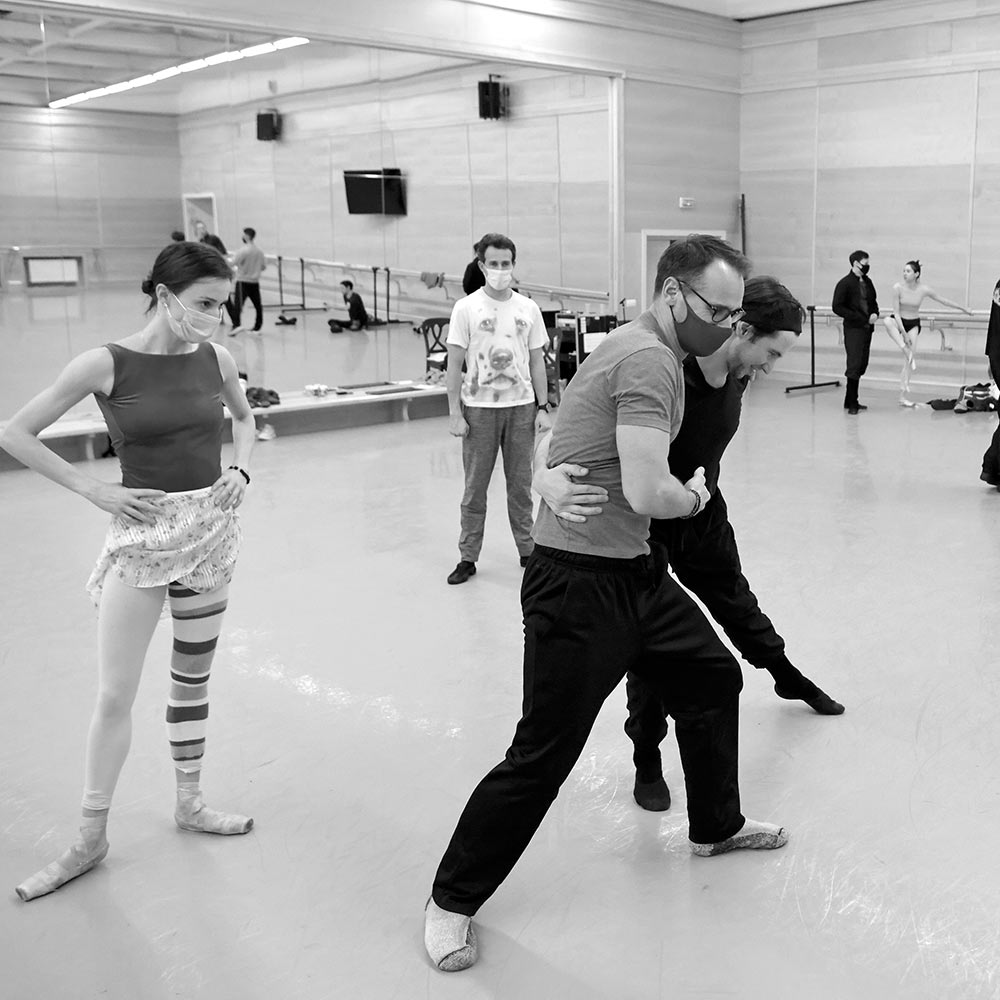
© Damir Yusupov. (Click image for larger version)
What’s it been like working with the Bolshoi dancers?
They all have very impressive technique, and they are great artists. It’s fascinating to witness how fast they work here. I think the company has nearly 300 ballet performances a year, and they change the program every 4-5 days. So the dancers are very adaptable and versatile at the Bolshoi and I have enjoyed working with them tremendously. They have been very involved in the creative process, giving their best. It’s been an amazing journey.
How did you cast for the title role?
I tried to look at the principal dancers before I arrived in Moscow. Most of the Bolshoi’s principal dancers are active on social media, and you can find clips of their work online. So I had a pretty good idea.
The title role is a female part. She starts on flat feet in the first part of the ballet because the character is a male; and in the second part, she dances on pointe because Orlando becomes a woman. The leading ballerina is on stage the entire time – she is basically carrying the whole ballet.

© Natalia Voronova. (Click image for larger version)
I am a huge fan of Olga Smirnova and I was very happy that she agreed to work on this ballet and learn this big part. Marina Vinogradova is also learning the title role, and she has been amazing in it.
What was it like for you in Moscow during this time? What do you do when you are not in the studio?
I was actually in the studio most of the time. And if I wasn’t in the studio, I was in my hotel room, working on the production. We had to accomplish a lot in a short amount of the rehearsal time. So I had to be very prepared. There was no time for improvisation.
Otherwise, it’s been amazing to be in Moscow. I love the city – Moscow is fascinating and very alive even if there is the pandemic. But the focus was on the work, so I couldn’t explore the city a lot. And I wanted to stay focused on the work because it’s a big gift – and a huge responsibility – for a choreographer to create a new full-length production for the Bolshoi.
Ballet Zurich has had its share of openings and closings over the course of the year. How is the situation now? How are the dancers coping in this time of uncertainty?
The situation in Zurich is not so fortunate at the moment. Last season, we had to stop performances earlier because of the first lockdown. We were able to work in September again, with masks, social distancing, and hygienic regulations. In October, the company premiered a new production of The Sleeping Beauty; and it was a big success – the production was sold out after the first night. But, unfortunately, we were only able to dance two performances because of the government’s newly imposed COVID restrictions.

© Jos Schmid. (Click image for larger version)
Since February, we have been streaming another big production, Winterreise, on Ballet Zurich’s website. It’s still available to watch, and we are planning to make a DVD of this performance. We are also working on a new program – a smaller program – which we hopefully can perform in May.
For the dancers, this is a very challenging and frustrating time – they are losing two years of their careers. But we are trying to do everything to stay positive. We can still give them classes; they are still able to come to the studio and work a few hours a day.
The good thing is that all the dancers in the company are getting paid during this period; and we are very grateful for the government’s support.
What are you looking forward to?
I am hoping, and wishing for all of us, that this situation is soon over, and we can slowly work our way back to what we call “normality,” and we can perform again properly. (Amen to that. Ed)







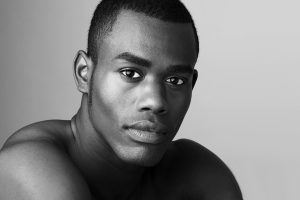
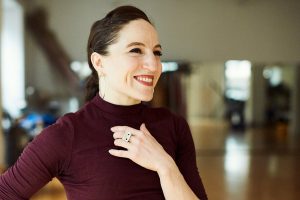

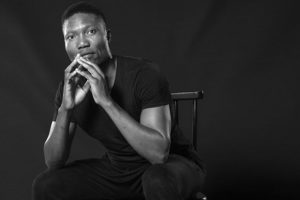

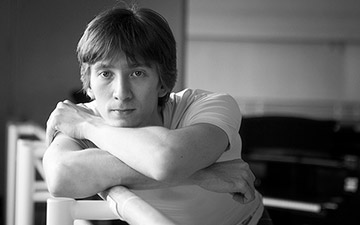




You must be logged in to post a comment.